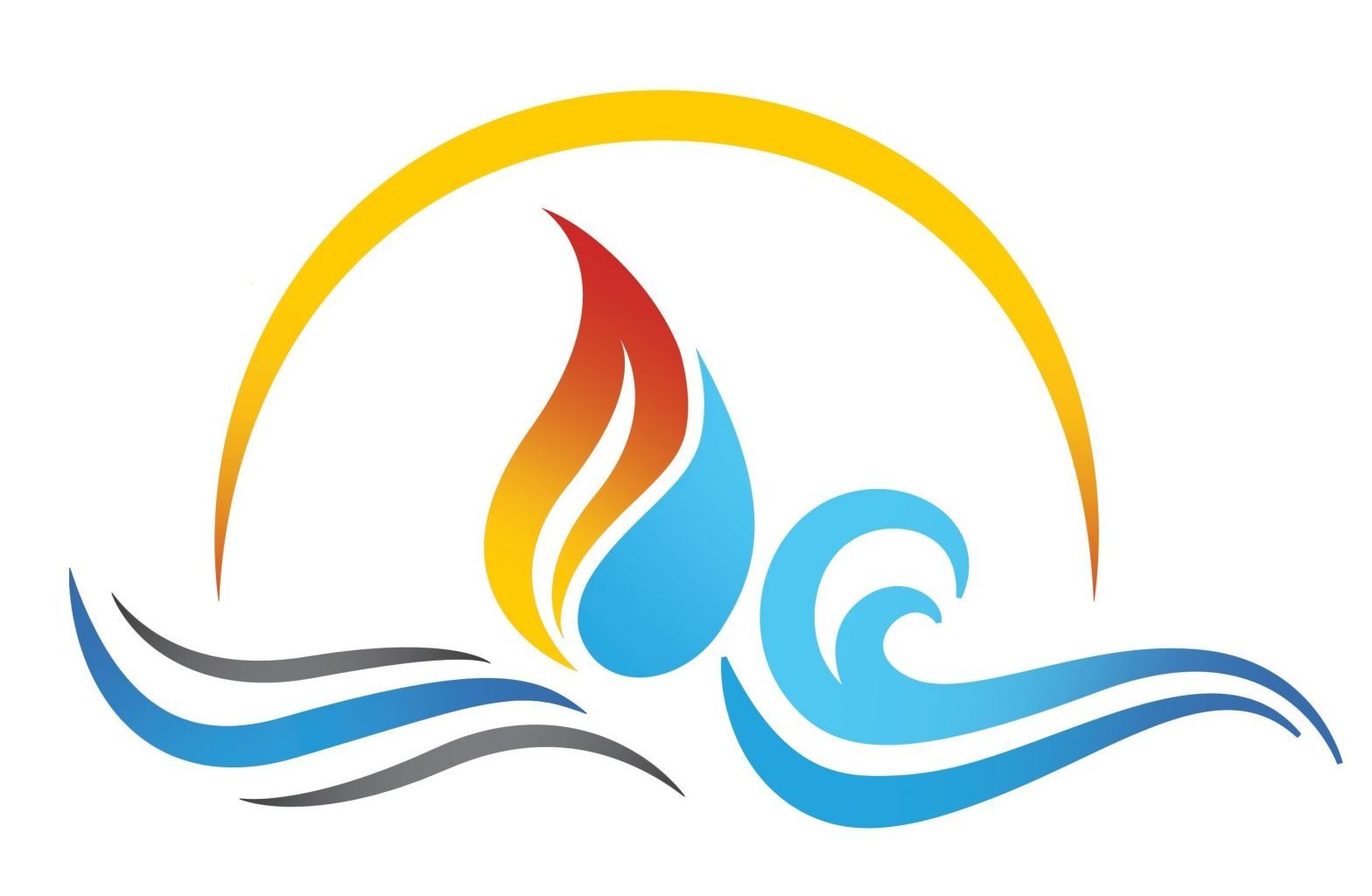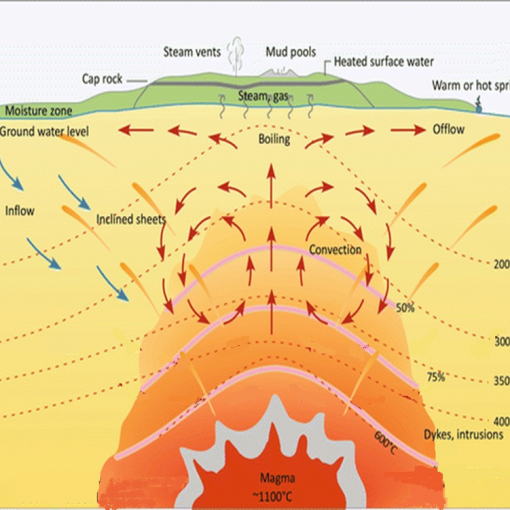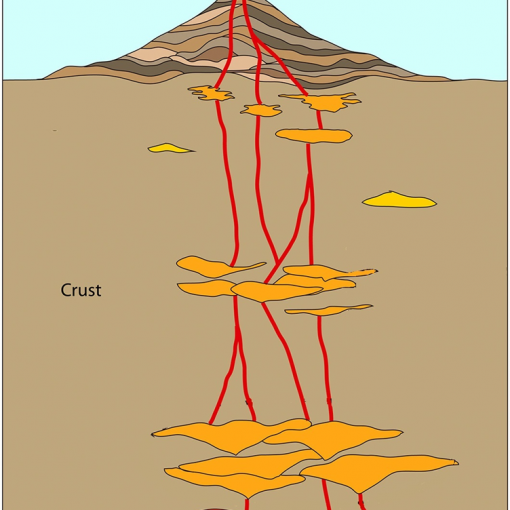With an increased focus on the Energy Transition, the oil and gas industry has been considering what is possible with regards to more efficient, sustainable, and clean energy for production facilities such as Floating Production Storage and Offload (FPSO) vessels. There are a number of steps which can be done to help achieve this goal and this article is meant to illustrate some of the potential improvements able to be made for FPSO developments. A reminder that the Energy Transition is about: (1) improving energy usage efficiencies; (2) reducing waste and GHG emissions; (3) implementing Carbon Capture measures; and (4) increasing the use of Clean Energy Renewables into the Energy Mix.

Moored FPSO’s are a good technical solution for remote developments where export pipeline connections may not be possible. Typically subsea wells (or wells on adjacent unmanned wellhead platforms) would be connected to the floating vessel with flexible risers. Energy usage involves utility, production, process, storage, and offloading systems with various heat and power requirements. Utilities support operations onboard the vessel ranging from transportation, accommodation, controls, water treatment, hull and marine operations, and power generation. Production systems include what is needed to safely receive subsea well fluids. Process systems include separation, treatment, compression, chemical injection, and heating/cooling exchangers. Storage systems include hull tank storage and pumping systems. Offloading systems include export pumps, metering, and offloading hose equipment. All these systems require power and/or heat.
Improving energy use efficiency is related to smooth operations of the FPSO systems with less unplanned interruptions (requiring wasteful shutdowns and start-ups). Equipment needs to be run efficiently within Operating Integrity Windows (OIW) so that they perform as designed by the suppliers with less wasted energy or heat. Power generation normally would have a certain amount of online spinning reserve to provide backup for online primary power generation (i.e. 3 x 50% or 4 x 33%, “n+1”). Spinning reserve is using fuel and not producing electrical energy. Battery Energy Storage Systems (BESS) are being used today in some industry facilities to eliminate the spinning reserve and to allow enough time for a spare offline power generator to be turned on and run up to readiness to provide power to replace any other power generator which may have gone offline. As production and process equipment is running during normal operations, IoT devices would be monitoring them for safety and control reasons, but integrity monitoring also means getting data and performing analytics on the equipment itself, not just the process related variables. Sometimes designs focus on the process variables more than the equipment (which can have issue affecting performance and therefore energy efficiency). Having equipment performing as designed by the manufacturer is an important contribution to energy efficiency and operational integrity. Digital Twins are an important tool to initially help design FPSOs to be more efficient (process and instrumentation) and then during operations to be able to monitor actual IoT readings compared to theoretical process and equipment (virtual) readings to help identify integrity or performance issues before they become inefficient and/or critical.A typical FPSO might have a layout as shown below with conventional power generation module(s) with gas turbine or engine power generation units. A relief system would be able to flare in certain circumstances.

Reducing waste and GHG emissions will come from avoiding inefficient energy usage but will also come from reducing carbon fuelled energy consumption. Reducing electricity demand will reduce GHG emissions from conventional power generation. Capturing more waste heat and using it to generate electricity will also provide energy savings. Conventional power generation units should endeavour to capture as much waste heat as reasonably possible, but this does not necessarily mean “combined cycle power systems” with expensive and complicated steam turbine systems. Waste heat recovery equipment has improved with lower enthalpy solutions (e.g. Binary / Organic Rankine Cycle (ORC) systems) and reduced parasitic loads so that additional electricity is able to be generated from the heat instead of releasing it to the atmosphere or to overboard cooling water. Petrobras reported that an ORC system onboard an FPSO could provide a potential contribution of 21% for the electric energy demand along with a 22.5% reduction in fuel consumption and CO2 emissions. Increased interest in this type of more cost efficient and environmentally sustainable energy solution is apparent in other recent articles.

One of the improvements to reduce electricity demand is to reduce manning onboard the FPSO. People require transport logistics (i.e. boats, helicopters, cranes), accommodation, catering, hotel services, sanitary systems, and social services. All these services take substantial space and power requirements. Some FPSOs have living quarters for up to 120 people which is a big cost and potential energy demand. To reduce the number of people onboard, there needs to be good remote monitoring and diagnostics connected to a central control room located onshore. A reduced onboard team would then be able to concentrate on immediate, rapid actions and responses as well as performing preventative maintenance and ensuring safe operations. Digital Transformation technologies and tools are making good contributions to Integrated Intelligent Operations and Production helping to support onboard manning reductions (with remote technical support instead) down to reduced levels of 35-40 people (or less).
A significant new source of Renewable energy is to utilise Floating Wind Turbines anchored in the vicinity of the FPSO to produce the electrical power needed by the FPSO. Equinor-Norway has a new offshore Floating Windpark called Hywind Tampen that is designed to provide electricity for two floating production facilities (Snorre A and B) and three fixed production facilities (Gullfaks A, B, and C). Similar technology is available now for FPSOs as per the conceptual illustration below. Current electricity costs per MWh are lower than existing onshore gas plants.

The technology associated with Floating Wind Turbines has advanced rapidly over the past few years with examples developed and implemented in various locations. Some designs would allow the units to be towed to location complete with the wind turbine installed, ready to be moored to the seabed once on location. This also means they could be relocated in the future if the FPSO itself was relocated. The number and size of Floating Wind Turbines could vary as per the energy demand requirements of the FPSO (e.g. 10-20 no. 8 MW wind turbines for FPSO loads up to 50-100 MW). Wind is an intermittent Renewable energy resource, so high capacity, long duration Energy Storage Systems (possibly Hydrogen) may be needed to complement the Wind Turbines, but it would also be possible to have a hybrid power generation system with Clean Gas power generation onboard the FPSO.
Floating Wind Turbines are currently installed up to about 8 MW each, but wind turbines with fixed foundations range in size up to about 15 MW (with designs up to 20 MW planned). As experience with Floating Wind Turbines continues, the supporting floating substructures will probably also increase in size to support whatever size wind turbine is desired.
One of the attractions of FPSO’s is the ability to be built offsite and towed to the final location for use as long as the development project life requires. Then once the field is abandoned, the FPSO can be relocated and potentially reused elsewhere. This same advantage applies to Floating Wind Turbines. The same owner of a leased FPSO could theoretically also lease the required Floating Wind Turbines. One FPSO contractor, SBM, has a Renewable Energy Product Line working on these solutions. Another FPSO contractor, Bluewater, has developed a Floating Wind TLP concept. MODEC has been investigating similar offshore wind power solutions. Alternately a Renewable Energy company or investment entity could lease the units to the field operator or FPSO contractor.
Another part of the Energy Transition is Carbon Capture (CC) of GHG emissions from either the reservoir fluids or the production and process operations (including power generation). Fortunately these streams are concentrated onboard an FPSO in specific locations (i.e. conventional power generation exhaust streams or gas processing equipment). FPSO systems can capture these GHG emissions. There are several possibilities ranging from (1) collection of these GHG gases, compression, and downhole (dry) injection into dedicated CC wells (needs dedicated riser and well so more expensive) to (2) collection of these GHG gases, mixing with hydrocarbon gas destined for reservoir reinjection, compression, and downhole injection into dedicated gas injection wells to (3) collection of these GHG gases, mixing/injection with water destined for reservoir injection, and pumping downhole into dedicated water injection wells. Pressure build-up due to injection in either aquifers or depleted hydrocarbon reservoirs can sometimes be a limiting factor for geological storage, but it has been managed with appropriate technical work. Co injecting water and CO2 has been successfully implemented in EOR operations and should be directly applicable to CO2 geological storage. Co-injecting natural gas (from an oil FPSO where gas is unable to be exported) and CO2 is possible with a few observations. “Carbon dioxide undergoes large changes in density and viscosity as it passes through the critical region. The critical pressure and temperature of CO2 (73.8 bars, 31.0˚C) will be reached in the subsurface at depths greater than approximately 800 m. Thus CO2 will most commonly be supercritical in the subsurface.” This means that relatively denser CO2 gas would tend to move downwards in a reservoir and relatively lighter gas (methane CH4) would move upwards. It is technically possible and any subsequent attempts to produce gas later would be facilitated by the natural density driven sequestration in the reservoir. So Carbon Capture, Utilisation and Storage (CCUS) by the FPSO is possible with the right subsurface conditions and material amounts of GHG can be safely sequestered thereby significantly reducing any atmospheric emissions.
Closing Note
It is possible to economically design and build a “green” FPSO delivering four key elements of the Energy Transition: (1) improved energy usage efficiencies; (2) reduced waste and GHG emissions; (3) Carbon Capture, Utilisation and Storage; and (4) increased use of Clean Wind Energy (with Energy Storage Systems) as part of the Energy Mix. This kind of oil and gas industry production facility would also facilitate better access to funding and finance based on a good ESG score as a result of these improvements. We have the technologies to make these improvements now.





